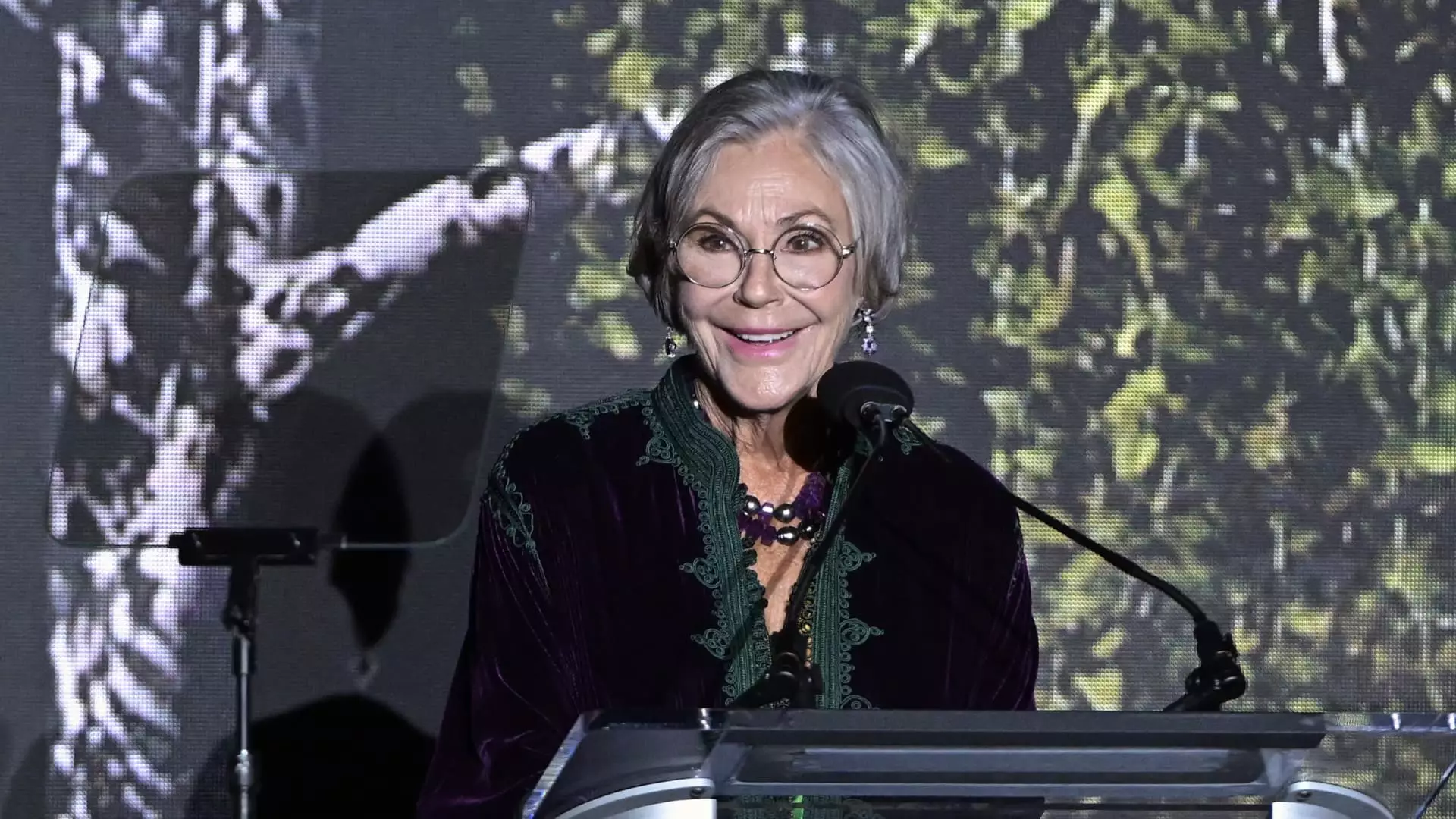In recent years, a notable transformation has occurred within the ranks of the world’s wealthiest individuals: women are increasingly claiming their share of the billionaire landscape. This shift is not merely a statistical curiosity—it reflects deeper societal changes regarding wealth accumulation, inheritance, and philanthropy. A recent report detailing the current state of billionaires illustrates this evolution in profound ways that merit exploration.
As of the latest data, women constitute approximately 13% of the total billionaire population, amounting to 431 individuals among the 3,323 billionaires globally. This figure may seem relatively minor, but the growth trend is undeniably positive. Over the past decade, the number of female billionaires has steadily increased, spurred by factors such as changes in cultural attitudes towards female entrepreneurship and significant generational wealth transfers.
The acquisition of wealth through inheritance remains a predominant theme in the rise of women billionaires. Data suggests that around 75% of female billionaires have inherited part or all of their fortunes. Notably, high-profile figures like Alice Walton, Julia Flesher Koch, and Françoise Bettencourt Meyers exemplify this trend, each boasting net worths exceeding $70 billion. In stark contrast, only about 5% of male billionaires can claim inheritance as the source of their wealth, highlighting a significant gender disparity in how billionaires accumulate their riches.
A larger demographic shift is anticipated, labelled by financial experts as the “Great Wealth Transfer.” Projections indicate that women will inherit upwards of $30 trillion over the next few years. This impending transfer of wealth highlights not only the financial empowerment of women but also suggests a potential shift in philanthropic trends and societal contributions, as these new wealth holders may prioritize charitable efforts and social justice initiatives over traditional business pursuits.
The philanthropic landscape appears to be transforming alongside the rising wealth of women. Female billionaires are reported to allocate more of their time to nonprofit and social organizations compared to their male counterparts, with 20% engaging predominantly in philanthropy, a sharp contrast to just 5% of male billionaires. This trend is underpinned by the notion that inherited wealth often coexists with a commitment to social responsibility, reflecting a broader understanding of community engagement.
Furthermore, the nature of financial investments differs significantly between male and female billionaires. Women are notably more likely to invest in private companies, holding 35% of their wealth in private holdings, while men’s investments are predominantly in stocks. This divergence indicates a shift in priorities and investment strategies among women, an aspect underscored by their proclivity for tangible assets such as luxury real estate and art.
When it comes to personal spending and interests, a stark contrast emerges between genders. Female billionaires display a penchant for luxury real estate and art, with statistics showing that they are 1.5 times more likely to own properties valued at over $10 million compared to male billionaires. On the flip side, men are more inclined to indulge in high-value “toys,” such as private jets and yachts, with men being nearly four times more likely to own a car exceeding the million-dollar mark.
This divergence extends to recreational pursuits as well. A whopping 71% of female billionaires cite philanthropy as a favorite pastime, while men are predominantly drawn to sports—also at 71%. Other female interests include art, travel, and education, contrasting with male inclinations toward aviation, outdoor activities, and political engagement. Such distinctions in interests underline not only personal preferences but also differing values and societal contributions.
The rise of women in the billionaire class signifies more than just demographic changes; it represents a pivotal movement in how wealth is perceived and utilized. As more women gain significant financial power, the implications for philanthropy, investment strategies, and socioeconomic engagement are profound. The shifting dynamics between male and female billionaires could lead to transformative changes in how wealth is distributed and how societal challenges are addressed, paving the way for a more balanced, socially responsible future.


Leave a Reply